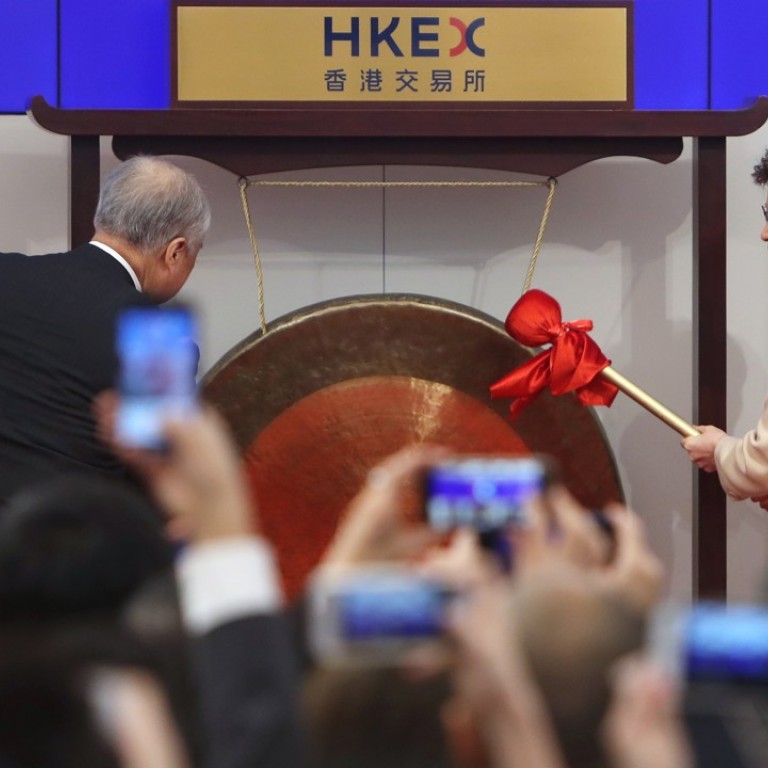
‘ETF Connect’ expected to more than double Asia-Pacific market value within five years to US$1.1 trillion
Regional proportion of the global ETF market of Hong Kong and China expected to reach 19 and 18pc respectively by 2025, both up from 9pc last year
Asia-Pacific’s fledgling exchange-traded funds (ETF) market is expected to be given a shot in the arm from the planned “ETF Connect” trading link between Hong Kong and mainland China’s two stock exchanges, with assets under management estimated to double to around US$1.1 trillion by 2022 from US$430 billion last year.
According to Yoon Ng, director at global fintech leader Broadridge Financial Solutions, the regional proportion of the global ETF market of Hong Kong and China is expected to hit 19 per cent and 18 per cent respectively by 2025, both up from 9 per cent in 2017, while Japan’s leading share will decline to 40 per cent from 62 per cent.
“In terms of true potential, the outlook should be much brighter for Asia’s ETF market. Our assessment is Hong Kong and China are likely to gain significant market shares in the coming five years,” Singapore-based Ng said.
The cross-border trading scheme – expected to be launched in the second half of this year – will potentially allow mainland investors to buy ETFs listed on the Hong Kong Exchange, and Hong Kong investors to buy those listed in Shanghai and Shenzhen.

It will add to China’s liberalisation efforts in recent years after the launches already of two Stock Connects, the Qianhai Mercantile Exchange, the Bond Connect link, and the Mutual Recognition of Funds (MRFs).
Chris Pigott, head of Hong Kong ETF services at US investor services firm Brown Brothers Harriman, said the city’s ETFs issuers were already gearing up to build scale on their platforms and evaluating their product line-ups with a focus of accessing mainland investors, or the possibility of launching active ETFs that allow asset managers to make decisions on the underlying portfolio allocation for extra returns.
“This programme could be a transformational opportunity,” Pigott said.
“ETF investment in China is in a nascent stage, but offshore investment channels continue to be in high demand for mainland capital.”
![Yoon Ng, director at global fintech leader Broadridge Financial Solutions in Singapore, said: “Our assessment is Hong Kong and China are likely to gain significant [EFT] market shares in the coming five years.” Photo: Reuters](https://cdn1.i-scmp.com/sites/default/files/images/methode/2018/03/11/76739936-24e2-11e8-b079-e65f92ed111a_1320x770_185939.JPG)
He added that is because ETFs – listed securities that passively track a basket of stocks – may appeal to mainland investors because of their low cost and high transparency structure, and their demand will attract global exposure.
Ng noted, however, a key uncertainty for participants was whether the ETF Connect will follow the framework of MRFs, such that a ETF is treated like a fund, or it will function in a similar manner to the Stock Connect, with ETFs viewed as stocks.
This programme could be a transformational opportunity
Qualifications under Stock Connect are less stringent than MRFs. The latter requires a minimum fund size of 200 million yuan (US$31.6 million), a track record of at least a year, and limitations on the investor composition such that at least 50 per cent of purchases need to sourced from Hong Kong.
Stock Connect is only subject to a daily quota, set at 13 billion yuan for northbound flows and 10.5 billion yuan for southbound flows, allowing more products to be qualified.

